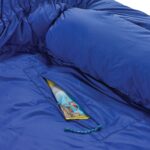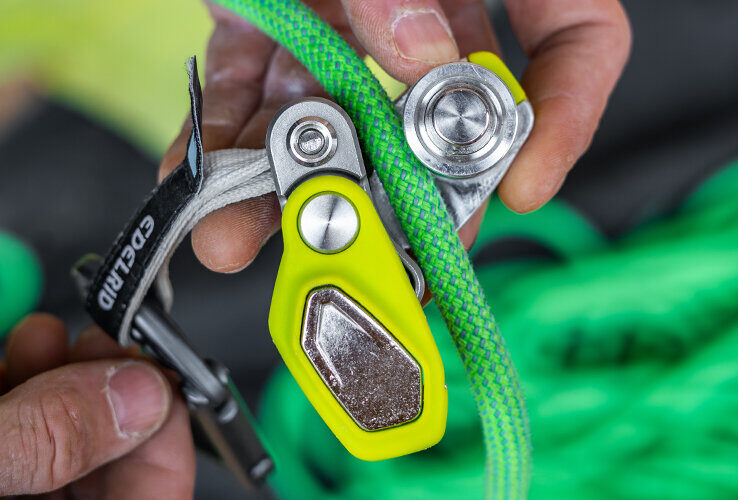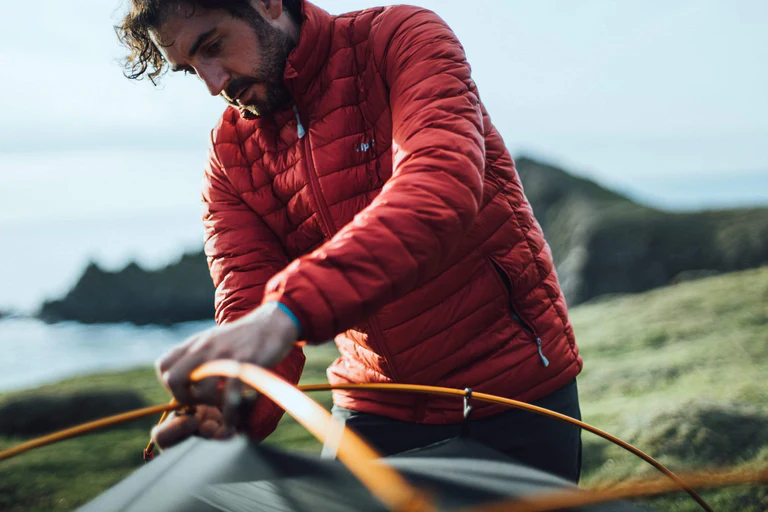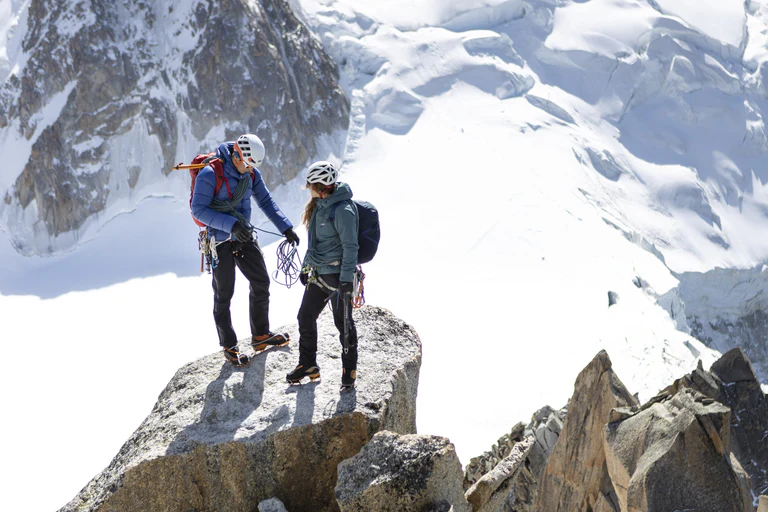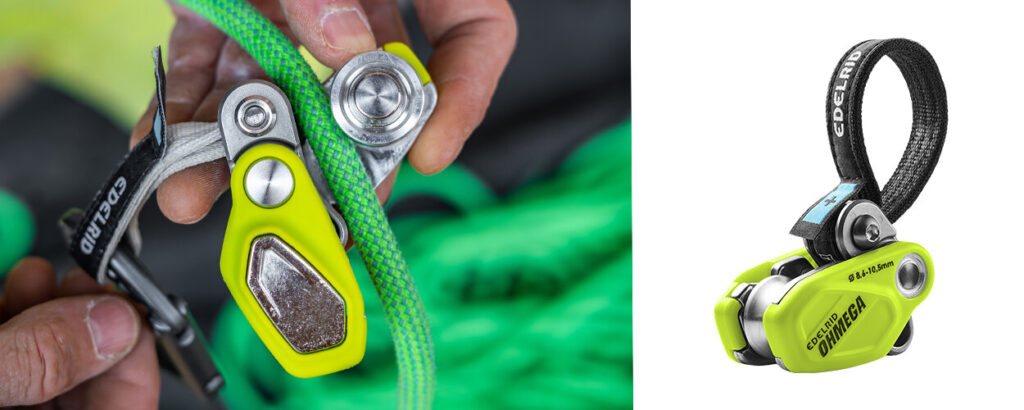
Rethinking Belaying for Modern Climbers
The Edelrid Ohmega is a revolutionary brake-assist device designed to address one of the most common challenges in climbing: significant weight differences between climber and belayer. Building on the success of the original Ohm, the Ohmega introduces a host of improvements—lighter weight, smoother rope handling, and adjustable braking levels—that make it a standout in the world of sport climbing safety.
Whether you’re a seasoned lead climber, a gym regular, or a beginner belaying someone heavier than you, the Ohmega promises to enhance safety, reduce fatigue, and improve the overall climbing experience.
Key Specifications
| Feature | Edelrid Ohmega |
|---|---|
| Weight | 170g |
| Rope Compatibility | 8.6mm – 10.5mm single ropes |
| Braking Levels | 3 adjustable settings (+10kg, +20kg, +30kg) |
| Attachment | Dyneema sling + carabiner |
| Use Case | Sport climbing (not trad) |
| Retail Price | ~£115 / $150 |
| Release Date | August 2025 |
What Is the Edelrid Ohmega?
The Ohmega is a brake-assist device that attaches to the first bolt of a sport climb. It uses a spring-loaded cam and integrated pulley to add friction to the rope in the event of a fall. This reduces the force transmitted to the belayer, helping prevent them from being yanked off the ground or into the wall.
Unlike passive devices like the original Ohm, the Ohmega is active—it engages more quickly and with greater control. It’s also lighter, more compact, and easier to use, making it a compelling upgrade for climbers of all levels.
Design and Build Quality
The Ohmega is built around a compact camming mechanism housed in a durable composite shell. It features:
- Integrated pulley to reduce rope drag at the first bolt
- Short Dyneema sling for minimal activation distance
- Push-button cam release for easy rope insertion
- Three braking levels, adjusted by changing the sling’s position
At just 170g, it’s lighter than a standard quickdraw and significantly more compact than the Ohm. It fits easily into a gear bag or harness and doesn’t interfere with clipping or rope handling.
How It Works
- Clip the Ohmega to the first bolt using a carabiner.
- Insert the rope into the cam via the push-button mechanism.
- Adjust the braking level (+10kg, +20kg, or +30kg) based on the weight difference between climber and belayer.
- Belay as normal—the device activates automatically in the event of a fall.
The integrated pulley ensures that rope feeds smoothly during climbing and clipping, while the cam engages instantly during a fall to absorb force and reduce whip.
Real-World Performance
In the Gym
In indoor settings, the Ohmega excels. It eliminates short-roping, a common issue with the Ohm, and allows for smooth, uninterrupted clipping even on overhung routes. Belayers report less fatigue, especially when catching repeated falls or lowering heavier climbers.
At the Crag
On outdoor sport routes, the Ohmega shines in scenarios where the first bolt is high or the crux is low on the route. It provides soft catches, reduces the risk of ground falls, and minimises the chance of climber-belayer collisions.
With Weight Differences
The Ohmega is particularly effective for climbing pairs with 10kg+ weight differences. In tests with a 70-pound (32kg) difference, the belayer remained grounded even during large whips, and the climber experienced gentle, controlled catches.

Comparison: Ohmega vs. Ohm 2.0
| Feature | Edelrid Ohmega | Edelrid Ohm 2.0 |
|---|---|---|
| Weight | 170g | 450g |
| Braking Type | Active cam | Passive friction |
| Braking Levels | 3 adjustable | Fixed |
| Rope Drag | Reduced (pulley) | Moderate |
| Ease of Clipping | Excellent | Often short-ropes |
| Rope Compatibility | 8.6–10.5mm | 8.9–11mm |
| Use Case | Sport only | Sport only |
The Ohmega is lighter, more versatile, and easier to use than the Ohm. It also offers greater control over braking force, making it suitable for a wider range of climbers and scenarios.
Pros and Cons
Pros
- Lightweight and compact—easy to carry and deploy
- Three braking levels for tailored resistance
- Smooth rope handling—no short-roping
- Soft catches and reduced collision risk
- Integrated pulley reduces rope drag
- Beginner-friendly—lowers the skill barrier for safe belaying
Cons
- Not suitable for trad or multipitch climbing
- Requires a carabiner and first bolt placement
- Pulley is a wear item—may need replacement over time
- Higher price point than the Ohm
Who Should Use the Ohmega?
The Edelrid Ohmega is ideal for:
- Climbing partners with significant weight differences
- Sport climbers projecting routes with frequent falls
- Indoor climbers seeking smoother belaying
- Belayers who struggle with being lifted or slammed into the wall
- Anyone who found the Ohm too bulky or finicky
It’s less suited for:
- Trad climbers (not designed for gear placements)
- Multipitch routes (due to pulley wear and complexity)
- Top-rope-only climbers (though it can be used with redundancy)
Endorsements and Industry Buzz
Climbing legend Tommy Caldwell has already endorsed the Ohmega, calling it:
“One of the most ingenious products to hit the market for a long time… I wouldn’t be surprised if the Ohmega became a standard piece of gear for the climbing community.”
Early testers have echoed this sentiment, praising its ease of use, safety benefits, and comfort for both climber and belayer.
Final Verdict: Is the Edelrid Ohmega Worth It?
The Edelrid Ohmega is a significant leap forward in belay-assist technology. It addresses the shortcomings of the Ohm with a smarter, lighter, and more user-friendly design. For climbing pairs with weight differences—or anyone seeking safer, smoother belaying—the Ohmega is a must-have addition to your rack.
Rating: 9.5/10 Best for: Sport climbers, gym climbers, and mixed-weight climbing pairs Avoid if: You only climb trad or top-rope





